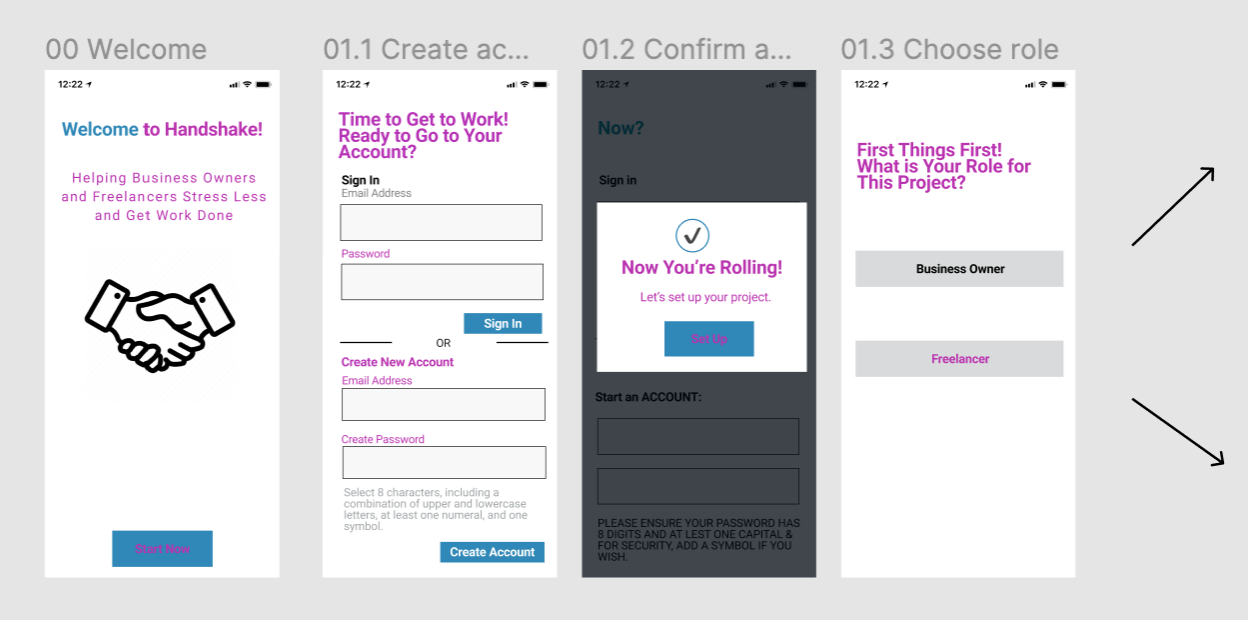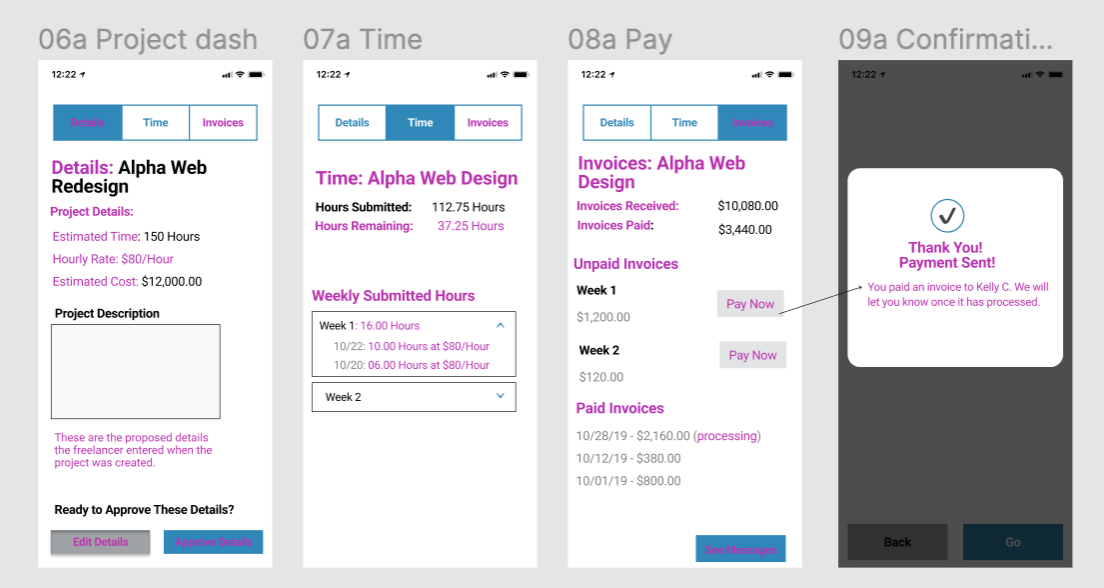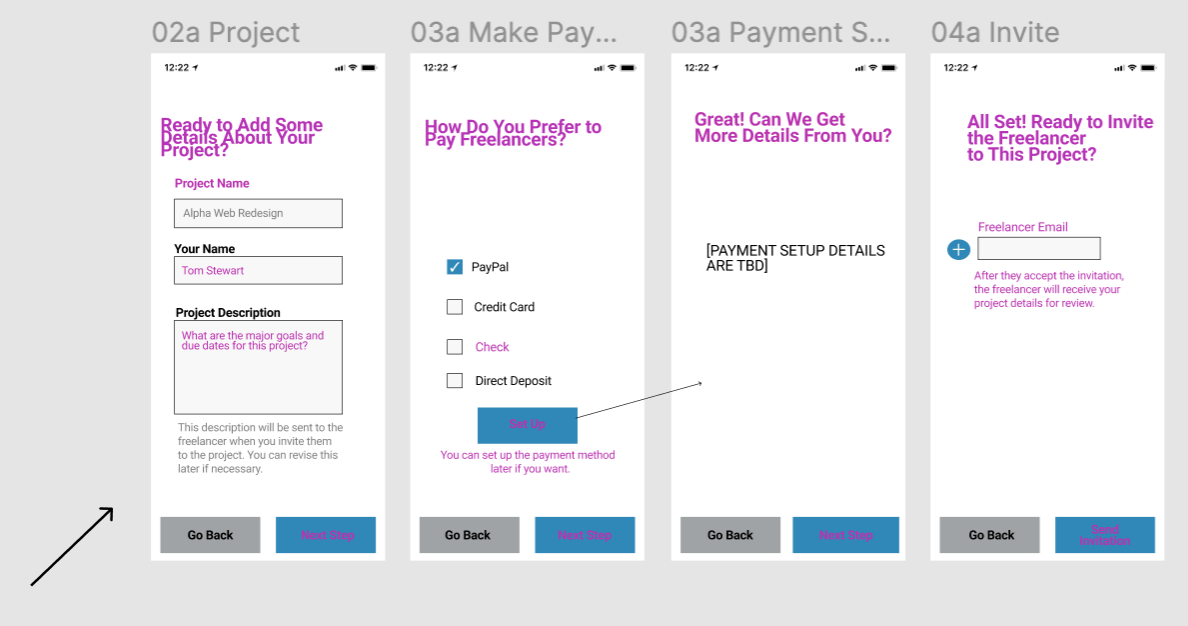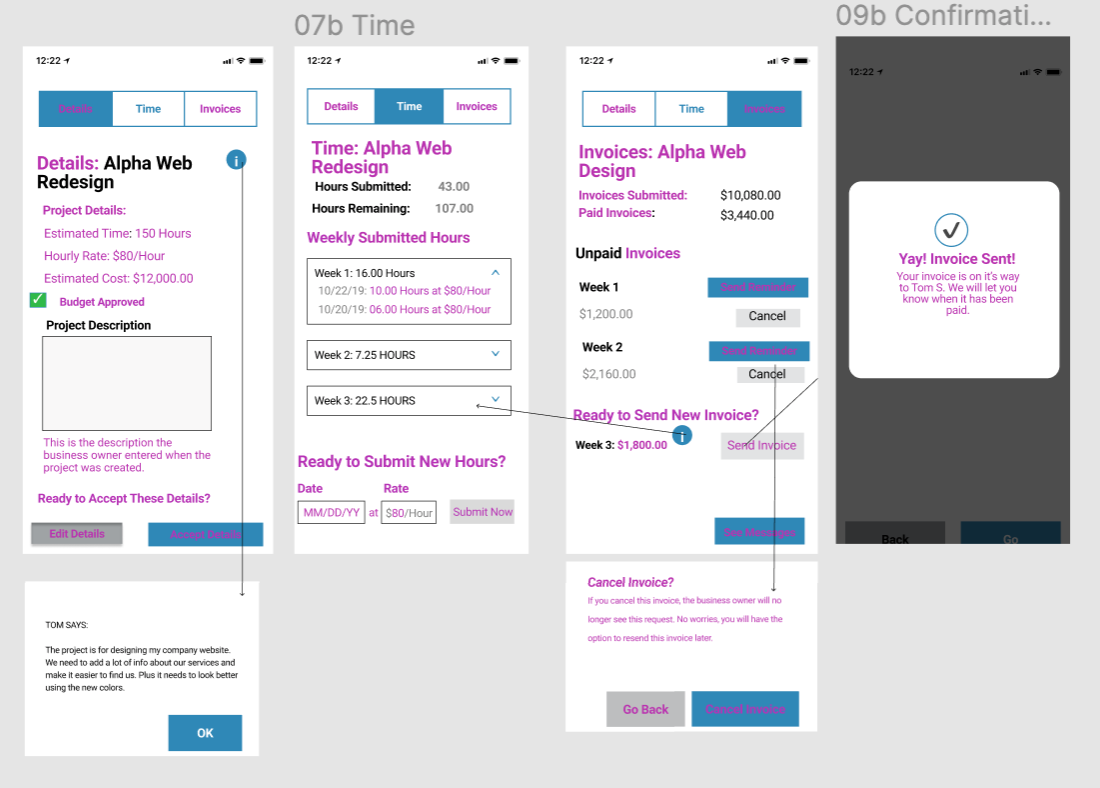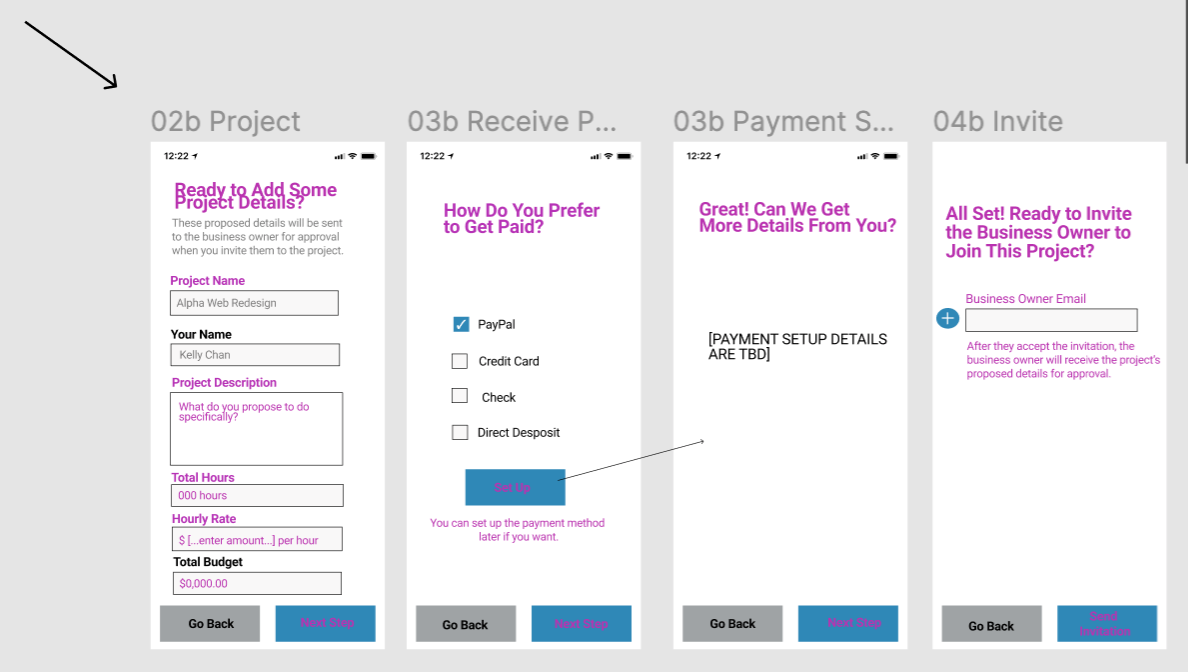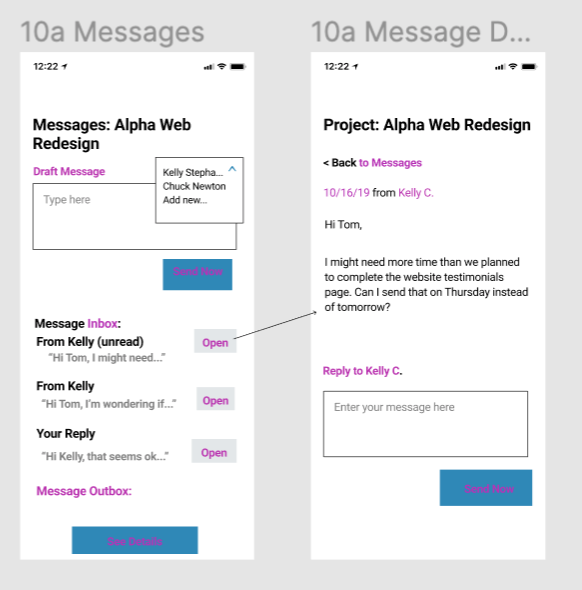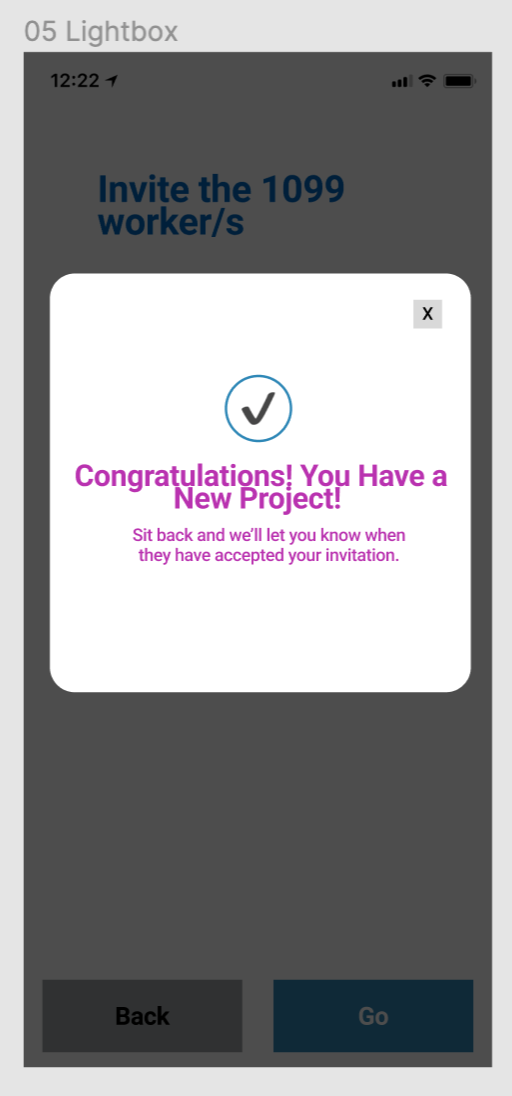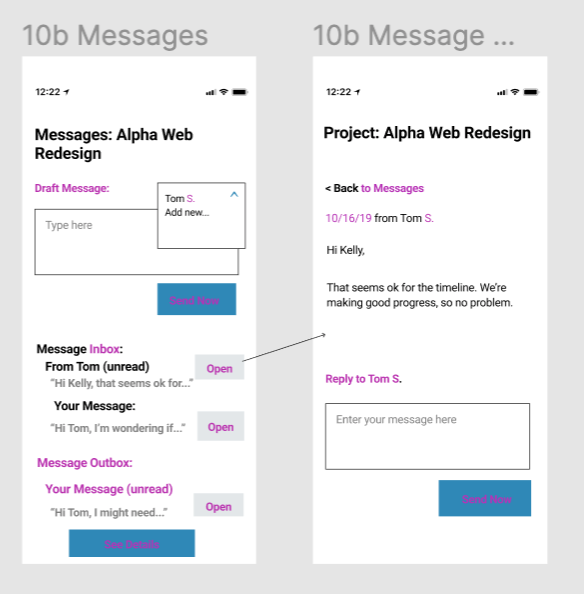Writing
My writing experience began early in high school, writing short stories and essays. I loved immersing myself into other people’s realities and lives, if only for a while, to expand my view of the world. I went to journalism school to write magazine-length feature articles, but then I also learned to love profiles, service journalism, blog posts, social media posts, and now my latest obsession: UX writing. Although my writing seems to be getting shorter, the impact of each work keeps growing.
Profiles
MAKING WORDS MATTER MORE
When Shae Morgan was growing up, he failed his hearing screening in school. His parents promptly brought him to a hearing health provider, who gave him hearing aids that, in turn, promptly “went into a drawer”. Now, as an adult and an audiologist looking back on this moment, Morgan, who does, indeed, have mild high-frequency hearing loss, chalks it up to being pressured into receiving treatment that offered no functional benefit at the time. Read More
SAVING A PLACE AT THE TABLE FOR APHASIA
Sarah Villard just wants everyone to be able to go to Thanksgiving and not feel uncomfortable. While that can be a tall order, she’s not talking about navigating dietary concerns or family dynamics, she’s talking about everyone–including people with aphasia–being able to attend to and follow along with conversations at the table. Read More
CONNECTING THE DOTS WITH HEARING LOSS AND COGNITION
Raksha Mudar was well into her studies to become a speech-language pathologist when she had an epiphany. Her intent, she recalls, was always to work with children. Growing up in Bengalaru, India, her cousin received speech therapy and she saw what a difference it made for his outcome. But while in her undergraduate program, she had another personal encounter that changed her trajectory. A close family friend was diagnosed with Alzheimer’s dementia, and she saw how his family struggled to connect with him. Read More
UX Writing
Handshake App
UX Content Collective Final Project
For the final project, I was given a Figma file for a fictional app. The context was that this file had just come from the UX designer and needed UX edits to include microcopy, help text, tool tips, and general editing. The app, Handshake, was intended to help freelancers and business owners seamlessly track projects, hours, and invoices through a shared app. My role was to indicate all edits in a different color (I chose magenta, of course) and include comments where I needed further information from the designer and/or the project manager. Additionally I was required to create a style guide for other team members to use. Here is the final Figma file, including all edits. Note: You will need a Figma account to open the file. No worries — there’s a free version. Or you check out the screenshots below.
This was a challenging project as I had never used Figma before, nor had I ever written such short text before. I learned a great deal about user experience and marvel at how nuanced language can be.
Service Articles
Social Media Rules for Organizations
LinkedIn, Nov. 1, 2020
I remember when social media really started becoming mainstream and we were all giddy with the prospect of chatting with old friends, posting mortifying old high school photos and (shudder) “poking” each other. It was all so new! How fun! But now, 10 plus years later, social media platforms have billions of people with accounts, including businesses, nonprofits and brands. All in our newsfeeds trying to be … social.
But what does that mean if you’re an organization trying to be social with your audience? Do you “poke” someone? No. Please.
Four Things Your Audience Wants From You on Social Media
LinkedIn, Nov. 10, 2020
Like it or not, social media isn't going anywhere. What started as a bit of an experiment for many organizations now has significant impact on bottom lines and digital reputations. Over the past decade social media usage has grown from 42% to 72% of the adult population using social media, And, since the beginning of COVID, 46% and 51% of adults reported using social media even more. Is it the human need to connect socially? Are we scared? Are we bored? Is this just the way people get information now? Yes, yes, yes and yes.
Three Reasons Good Organizations Can Look Awkward on Social Media
LinkedIn, Dec. 1, 2020
Ever have one of those moments when you wish the ground would just swallow you up? I have. When I was in college I went to a party at a house where my big crush lived. We had chatted only a few times, and this was an opportunity for an actual conversation! But I was gonna play it cool. So, of course, I picked the perfect outfit and arrived stylishly late with my group of friends. When I walked in, however, I tripped on the edge of an area rug just inside the door and stumbled against a table of food ... which went all over me. Not cool and my crush probably wasn't impressed by the salsa all over my pants and his area rug. I still maintain that area rug was freakishly deep-piled, especially for college housing, but my friends called me "Salsa Pants" for months after.
Feature Articles
Where the Boys Aren’t
ASHA Leader, August 2013
The students all gaze intently at the papers in front of them as a song plays from a CD player in the corner. The teacher, a dark-haired woman in her 50s, walks around the cinderblock classroom as the voice from the CD player croons about the District of Columbia's plight of taxation without representation. Three minutes into the song, the high school students begin to fidget. One boy doodles on his notebook cover, until the school's speech-language pathologist, James Brinton, redirects him to the lyrics. After the song ends, Brinton, dressed in a button-down shirt, khaki pants and glasses and looking barely older than the students he is helping …
Terra Incognita
ASHA Leader, April 2014
Autism spectrum disorder has dominated headlines for the past 15 years, with most of the emphasis on children and early identification. But what about the children, now adults, born before this new awareness? How do adults on the spectrum navigate the unknown landscape of the neurotypical world, and how can SLPs help them?
